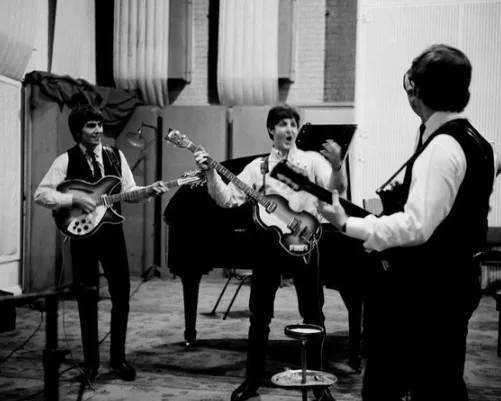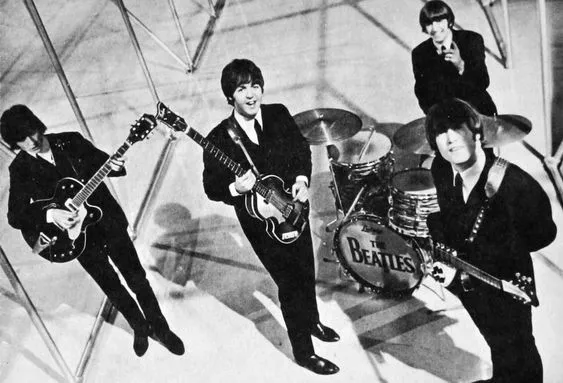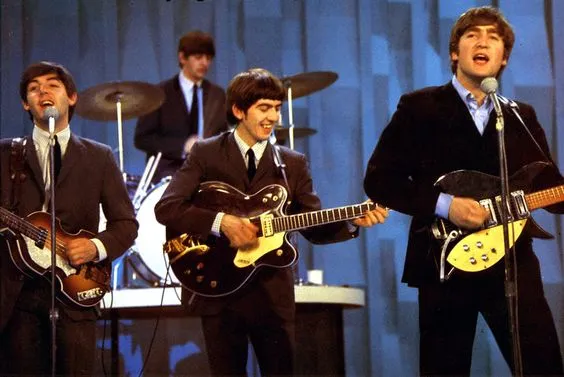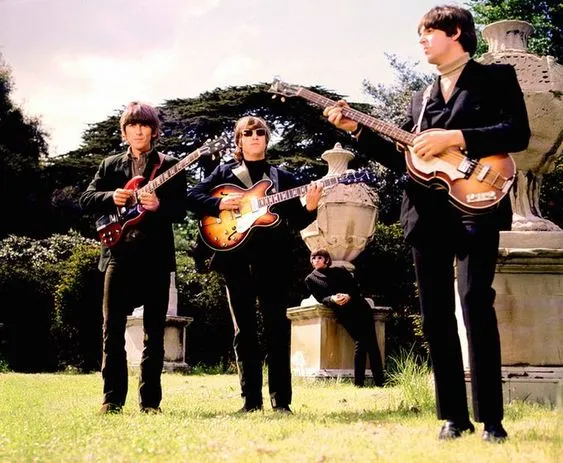About the song
(Watch the video below)
"Blue Jay Way" is a song by The Beatles, written by George Harrison and released on their 1967 album "Magical Mystery Tour." The song showcases Harrison’s fascination with Indian music and his experimentation with complex musical textures and psychedelic sounds, reflecting the band's evolving musical direction during this period.
### Background and Inspiration
The inspiration for "Blue Jay Way" came to Harrison during a visit to Los Angeles. He was staying in a house on Blue Jay Way, a street in the Hollywood Hills, waiting for his friend Derek Taylor, who was delayed. To pass the time, Harrison began playing a Hammond organ that was in the house, and the song began to take shape. The foggy weather and his jet-lagged state contributed to the song's dreamy and somewhat disorienting atmosphere. Harrison later said of the song, "It was a foggy night and I was waiting for some friends, and I was really tired... I started writing and then I got more and more into it."
### Composition and Lyrics
"Blue Jay Way" is marked by its haunting melody and the use of drone-like sounds, a nod to Indian classical music, which Harrison had been deeply influenced by after his visit to India and his study of the sitar under Ravi Shankar. The song is written in the key of C major, but it employs a modal mixture that gives it an ambiguous tonality, enhancing its psychedelic feel.

The lyrics of "Blue Jay Way" reflect Harrison's state of mind while waiting for his friend. They are simple yet evocative, capturing a sense of longing and disorientation:
> "There's a fog upon L.A., and my friends have lost their way."
The repetition of phrases like "Please don't be long" adds to the hypnotic quality of the song, as if mirroring Harrison's drowsy impatience.
### Recording and Production
The recording of "Blue Jay Way" took place in September 1967 at Abbey Road Studios, with George Martin producing. The production process was innovative, involving extensive use of studio effects to create the song's otherworldly atmosphere. These effects included backwards tape loops, heavy reverb, and a Leslie speaker, which gave Harrison's vocals a swirling, disembodied sound.
The use of a drone, achieved by holding a single chord on the Hammond organ throughout the song, is a key element. This drone, combined with the cello-like sound produced by the organ and the overlaying of multiple tracks, creates a rich, layered texture. The song also features an unusual time signature, alternating between 4/4 and 3/4, which contributes to its off-kilter rhythm and enhances the overall sense of disorientation.
### Reception and Legacy
"Blue Jay Way" received mixed reviews upon its release. Some critics found it less accessible compared to other Beatles songs, while others appreciated its experimental nature and atmospheric qualities. Over time, however, the song has gained recognition for its unique contribution to the "Magical Mystery Tour" album and its role in showcasing Harrison's growth as a songwriter and experimenter.
The song’s influence can be seen in its embrace of studio technology to create a specific mood and its blending of Western rock with Eastern musical influences, a hallmark of Harrison's contributions to The Beatles' later work. It stands as an example of the band's willingness to push the boundaries of pop music and explore new sonic territories.
### Cultural Impact
"Blue Jay Way" also reflects the broader cultural currents of the 1960s, particularly the fascination with Eastern philosophy and music that was prevalent among Western musicians at the time. Harrison’s immersion in Indian culture and spirituality had a profound impact on his music and, by extension, on The Beatles' sound. This song, along with others like "Within You Without You" from the "Sgt. Pepper’s Lonely Hearts Club Band" album, helped introduce Western audiences to Indian musical concepts and instruments.

### Cover Versions and Performances
While "Blue Jay Way" has not been covered as extensively as some of The Beatles’ other songs, it has been interpreted by various artists, highlighting its enduring appeal. Notable covers include renditions by musicians who appreciate its psychedelic and atmospheric qualities, often bringing their own unique twists to the arrangement.
### Conclusion
"Blue Jay Way" remains a fascinating piece of The Beatles' discography. It exemplifies George Harrison's contributions to the band's evolving sound during the late 1960s, blending Western and Eastern musical elements in a way that was innovative and ahead of its time. The song’s eerie, hypnotic quality and its sophisticated use of studio technology reflect the experimental spirit that characterized The Beatles' work during this period. As part of the "Magical Mystery Tour" album, "Blue Jay Way" continues to be appreciated by fans and scholars alike for its artistic boldness and its role in the broader tapestry of The Beatles' music.



